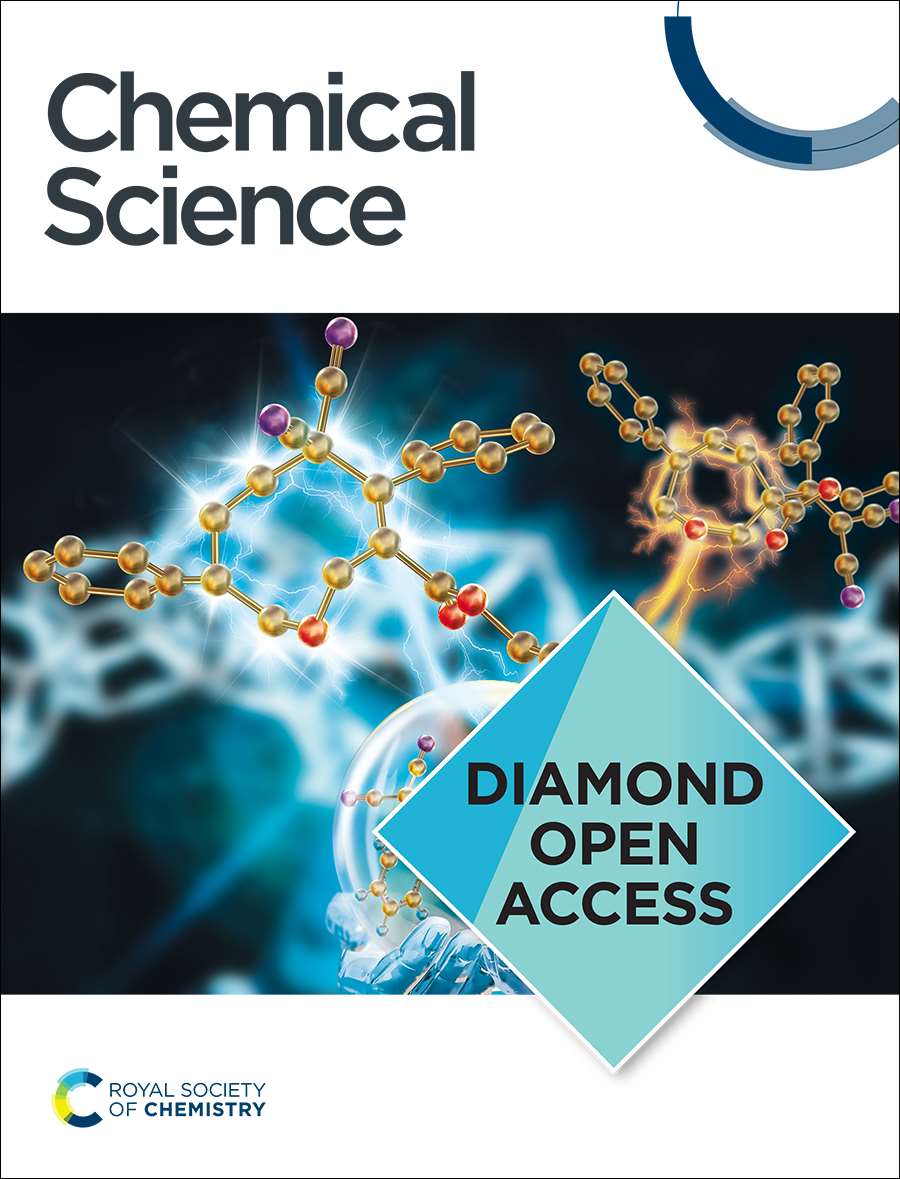Stable Self-powered X-ray Detection with Low Detection Limit By a Green Halide Hybrid Perovskite Ferroelectric Crystal
IF 7.6
1区 化学
Q1 CHEMISTRY, MULTIDISCIPLINARY
引用次数: 0
Abstract
Lead halide hybrid perovskite ferroelectrics show great potential in the field of self-powered X-ray detection due to their excellent X-ray absorption, high carrier mobility, large carrier lifetime, and interesting ferroelectricity. Nonetheless, the toxicity of lead raises concerns regarding safety for humans and the environment, which limits their practical applicability. Herein, we successfully realized stable self-powered X-ray detection with a low detection limit by a lead-free halide hybrid perovskite ferroelectric crystal, [H2mdap]BiBr5 (1, H2mdap = N-methyl-1,3-diaminopropanium), driven by the switchable spontaneous polarization (Ps). Specifically, a remarkable switchable ferroelectric-photovoltaic (FE-PV) effect and excellent open-circuit photovoltage under X-ray irradiation, endow 1 with a self-powered detection capability. Strikingly, 1 detector shows a relatively high sensitivity of 79.0 μC Gy−1 cm−2 under 22 keV X-ray and achieves a low detection limit of 28 nGy s−1 at zero bias, much lower than that of the regular medical diagnosis (~5.5 μGy s-1). Additionally, 1 also shows good operational stability, which may benefit from a stable structure and high activation energy (Ea). This study successfully demonstrates self-powered X-ray detection in 1D lead-free ferroelectric materials, which opens up new possibilities for safe and stable X-ray detection.求助全文
约1分钟内获得全文
求助全文
来源期刊

Chemical Science
CHEMISTRY, MULTIDISCIPLINARY-
CiteScore
14.40
自引率
4.80%
发文量
1352
审稿时长
2.1 months
期刊介绍:
Chemical Science is a journal that encompasses various disciplines within the chemical sciences. Its scope includes publishing ground-breaking research with significant implications for its respective field, as well as appealing to a wider audience in related areas. To be considered for publication, articles must showcase innovative and original advances in their field of study and be presented in a manner that is understandable to scientists from diverse backgrounds. However, the journal generally does not publish highly specialized research.
 求助内容:
求助内容: 应助结果提醒方式:
应助结果提醒方式:


